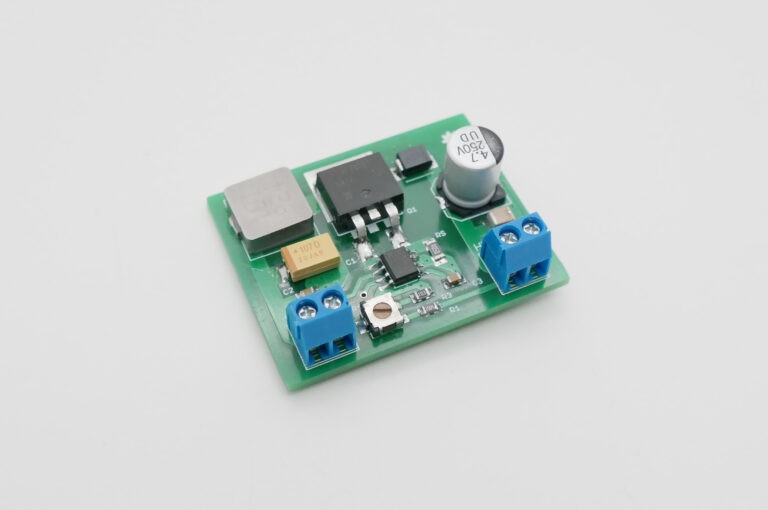

Since this power supply is just a fun design for an upcoming nixie tube clock project of mine, I have the time to achieve ESE. So I took the 350V example from Linear, and adapted it to output the proper 170V Nixie voltage. But to break through the ordinary and have a chance for the extraordinary, I would say this is a requirement. I’ll have to say that in today’s mad dash to get new products out the door, achieving ESE is not always possible. When these three items match, not only do you understand a system, but you have the best chance to optimize a better solution. Even with a very low input voltage of 5V the power supply stays above 80 efficiency in most cases even at high loads. In addition, M2.5 mounting screw holes are located on each corner of the board, 3.2mm (0.126') from the edge.

In addition, M2.5 mounting screw holes are located on each corner of the board, 3.2mm (0.126') from the edge. The power supply measures 32 x 44mm (1.26 x 1.73'). The idea is centered on the engineering goal of product design to verify that the systems design equations match the simulation results and ultimately the experimental results. The power supply measures 32 x 44mm (1.26 x 1.73'). ESE stands for Equations = Simulations = Experimentation. From Mark Smith on the Surf ‘n Circuits blog: Optimizing the 5v to 170v Nixie Tube Power Supply Design A few years ago, while managing the power management product line at work, I started an initiative with the development team to optimize new products by achieving ESE.


 0 kommentar(er)
0 kommentar(er)
